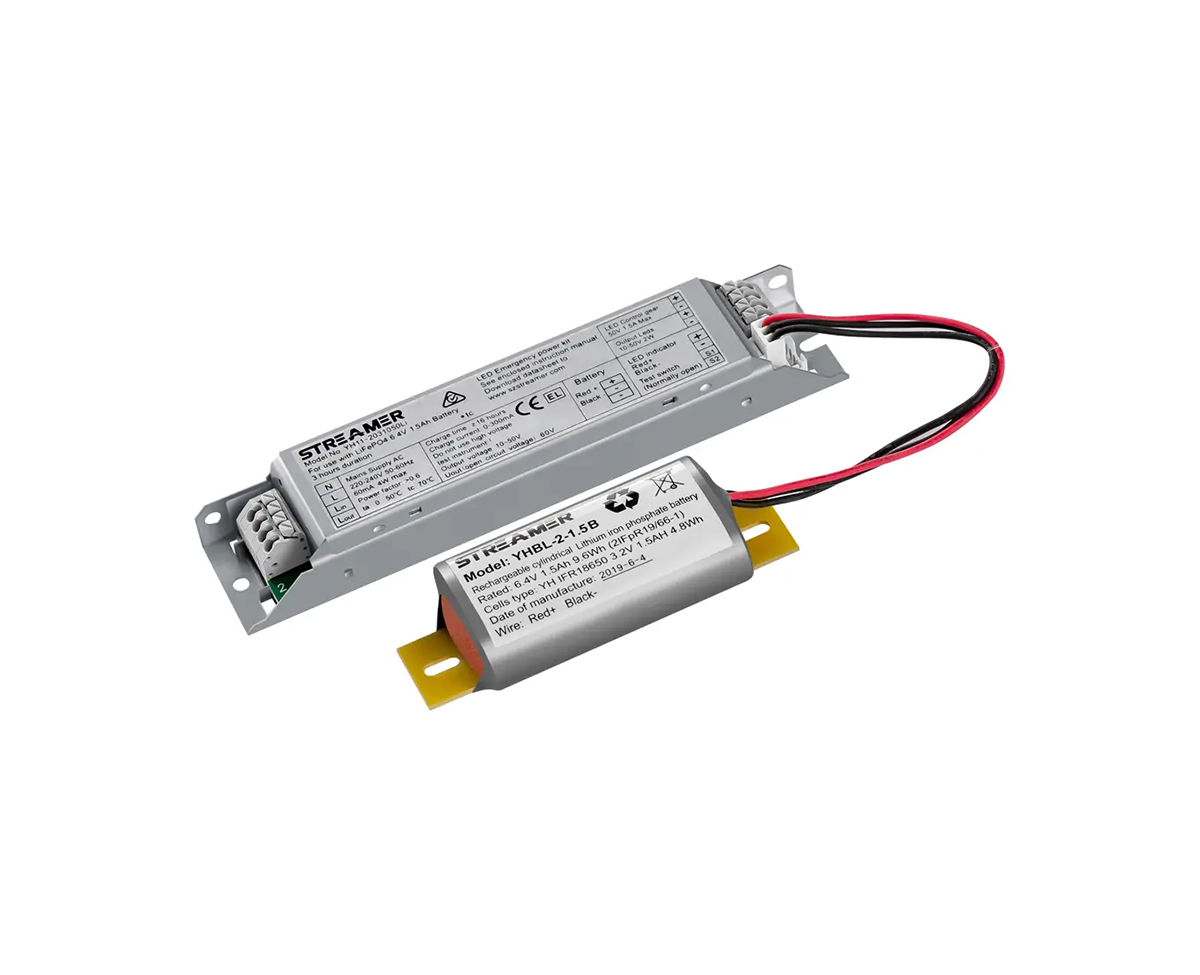 1
1
 Mar 03, 2025
Mar 03, 2025

Choosing the right capacity for a home emergency battery is essential to ensure it can meet the power needs during a power outage. The capacity selection depends on several factors.
Firstly, consider the number and types of devices that need to be powered. Basic essential devices such as a few LED lights, a small radio, and a mobile phone charger require relatively less power. A small - capacity battery, perhaps in the range of 500 - 1000 watt - hours (Wh), might be sufficient for powering these devices for a short period, say 12 - 24 hours. However, if more power - hungry devices like a refrigerator or a medical device need to be powered, a much larger capacity battery is required. A refrigerator typically consumes around 100 - 200 watts when running, and if it needs to be kept running for a day, a battery with a capacity of at least 2400 - 4800 Wh would be necessary.
The expected duration of the power outage also plays a significant role. In areas where power outages are usually short - lived, a smaller - capacity battery might be adequate. But in regions prone to long - term power outages due to severe weather conditions or infrastructure issues, a larger - capacity battery is a wiser choice. For example, if power outages in your area can last up to a week, you would need a battery with a capacity large enough to power your essential devices for that entire period.
Furthermore, the charging capabilities of the battery should be considered. Some emergency batteries can be recharged quickly using solar panels or a backup generator. If you have access to such charging sources, you might be able to get away with a slightly smaller - capacity battery as you can recharge it during the outage. However, if there is no easy way to recharge the battery, a larger - capacity one is needed to ensure continuous power supply until the power grid is restored.